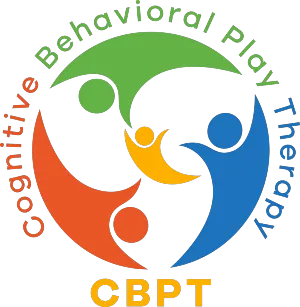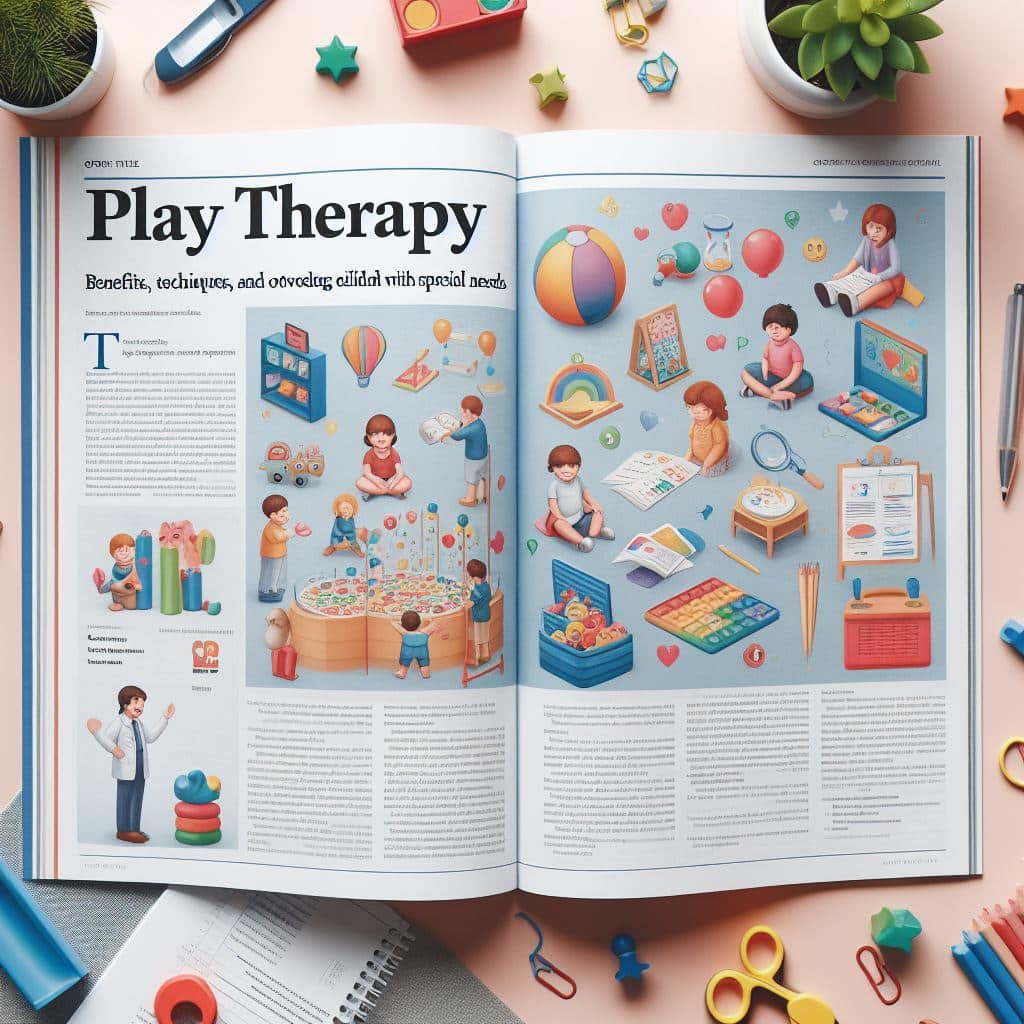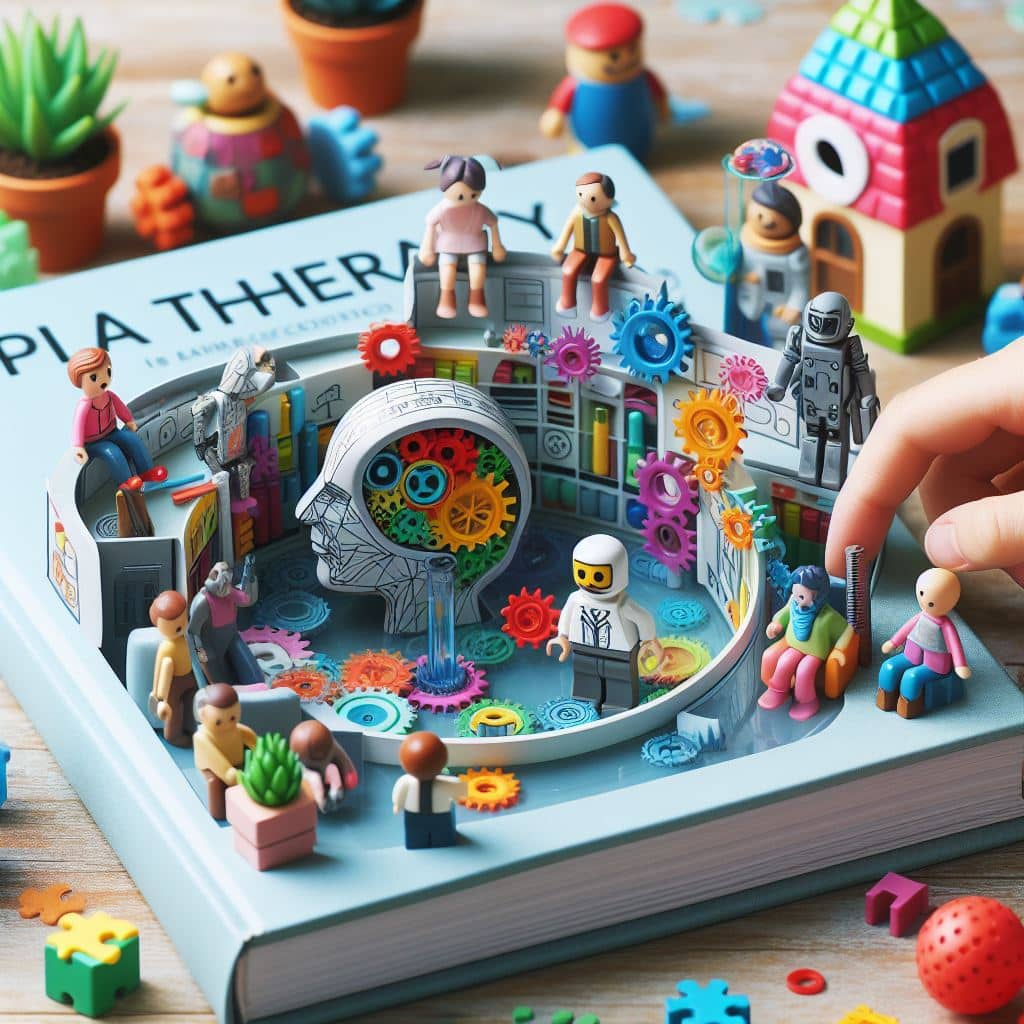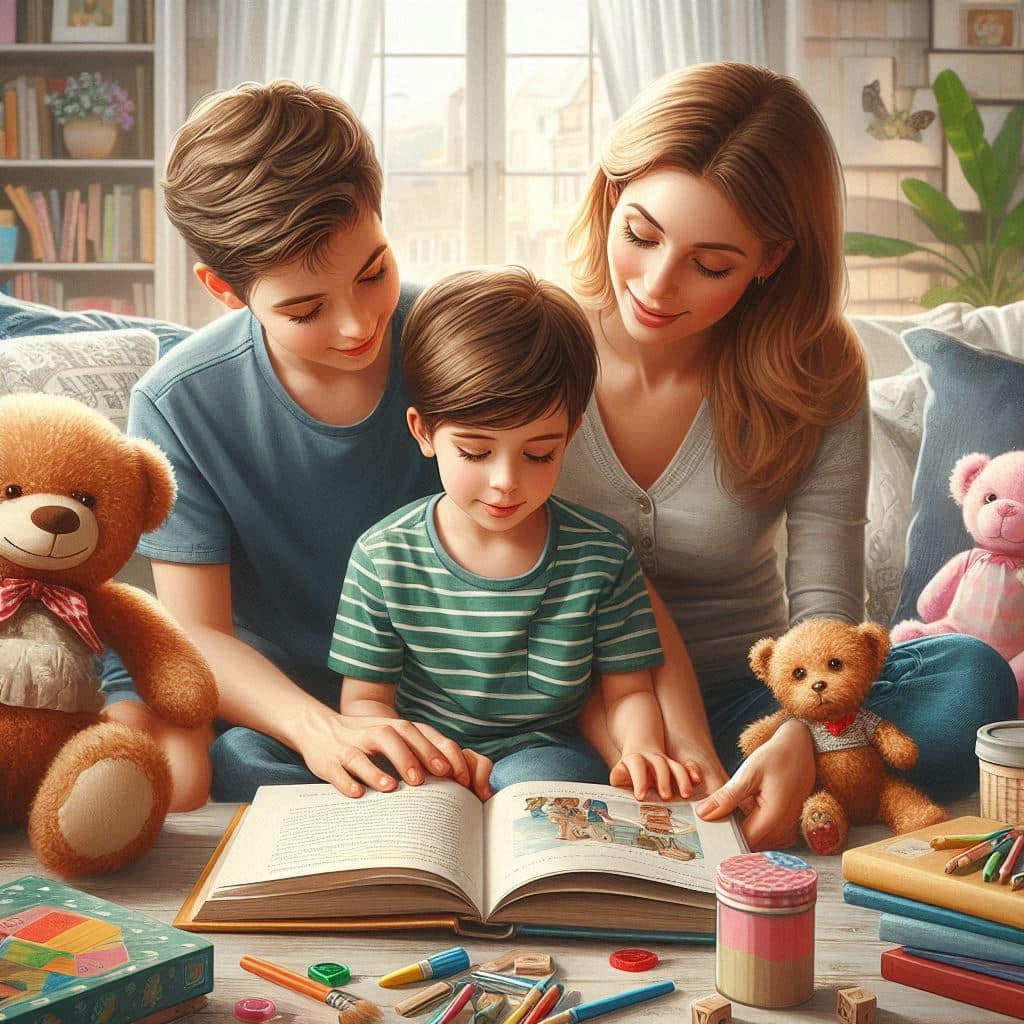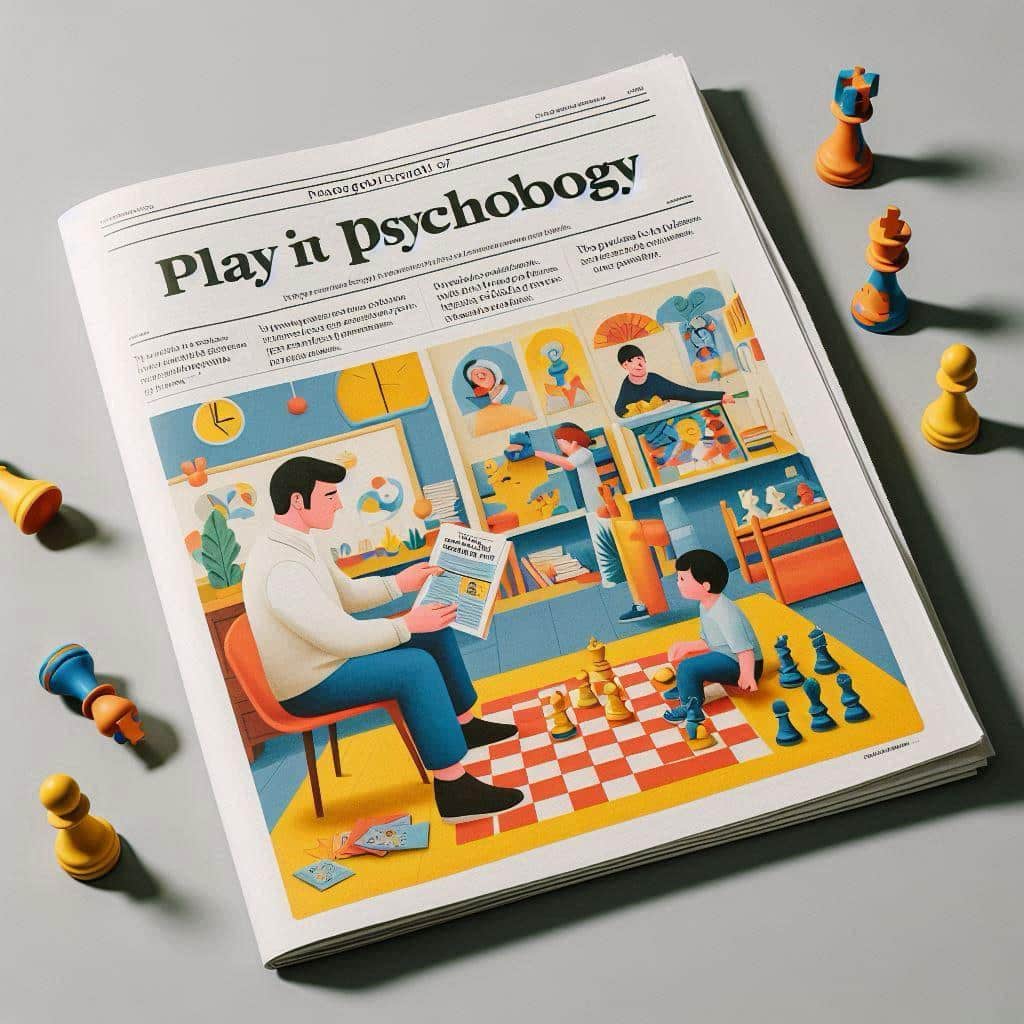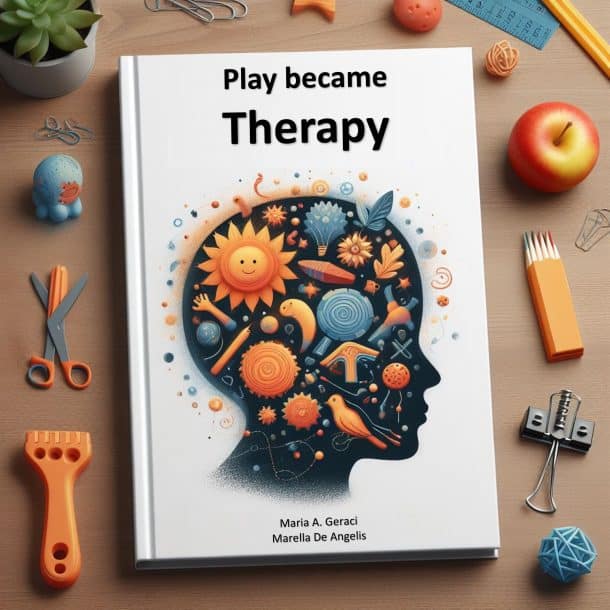PUBLICACIONES
Las publicaciones sobre terapia de juego cognitivo-conductual ofrecen un recurso valioso para cualquiera que desee profundizar en temas relacionados con la salud y el bienestar psicológico. Con una amplia gama de artículos, estudios e informes, estos recursos están diseñados para satisfacer las necesidades de profesionales, estudiantes y padres interesados en conocer mejor las dinámicas de la psicología y las ciencias del comportamiento.
Cada publicación es el resultado de investigaciones cuidadosas y actualizadas, presentando información clara y accesible. Descubrir las obras editadas por CBPT significa tener acceso a contenidos de alta calidad, ideales para estimular reflexiones y discusiones constructivas en diversos ámbitos.
ESCUCHA PODCASTS
Cognitive Behavioral Play Therapy (CBPT) : Adapting CBT For Young Children Using PlayTherapy on the Cutting Edge by Susan M, Knell
In this episode, I speak with Susan M. Knell about how she came to develop Cognitive Behavioral Play Therapy (CBPT). She explained that she was originally trained in psychodynamic play therapy and found it helpful. Talking with and reflecting on a child’s experience was important, but she wanted to find ways to help children gain more adaptive skills to deal with their emotions and difficulties. At the time, it was thought that you could not use CBT with young children, so she used CBT techniques and ideas and incorporated them into play. Finding ways to bring CBT into play involved modeling with puppets, dolls, toys, books and other child-oriented materials. We discussed numerous case studies using CBPT with young children, as well as the research on Cognitive Behavioral Play Interventions (CBPI), currently being used with non-clinical populations. Susan shared case examples of using puppets to model various interventions, such as Systematic Desensitization and Cognitive Change strategies, and using workbook activities, like drawing the Worry Monster/Worry Bully to help anxious and fearful children. We discuss using toys, puppets, books, movies, and art with children. She also talked about her work with parents and assessing whether the presenting problems are better treated by working with just the parents or the child and parents together in different combinations.
Visita el sitio web para explorar y descargar recursos que pueden enriquecer tu comprensión y promover el bienestar de los niños!
¿Eres padre/madre? Solicita tu consulta gratuita.
Déjanos tus datos y descubre con nuestro experto cómo podemos ayudarte.
